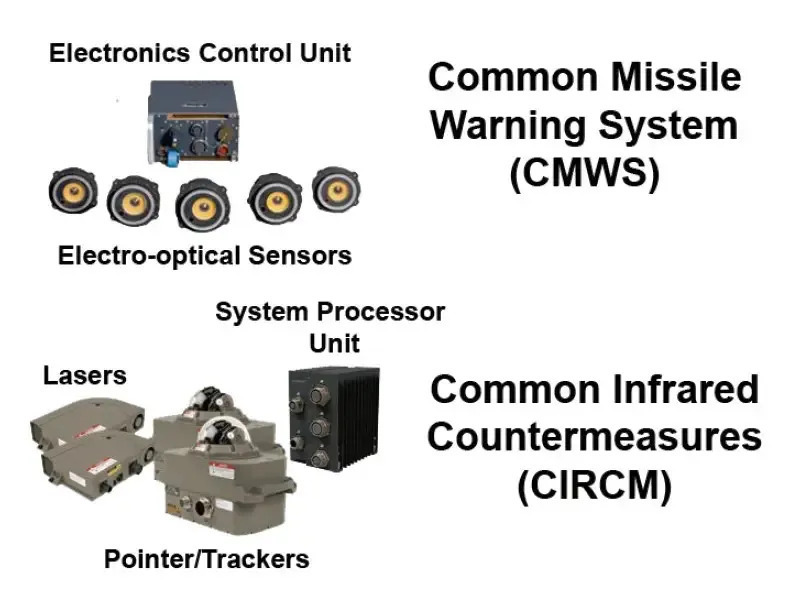the laser seems to have a max output of 250W
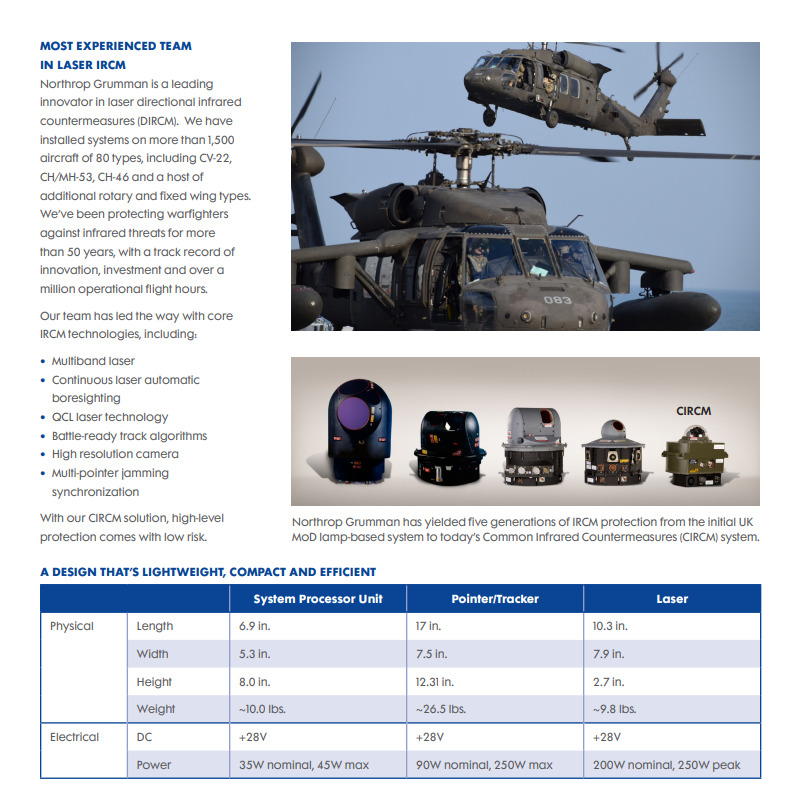
with that and the inverse square law you can calculate how much power the laser loses over distance
and that is ignoring atmospheric conditions
the laser seems to have a max output of 250W

with that and the inverse square law you can calculate how much power the laser loses over distance
and that is ignoring atmospheric conditions
again you showed an image that would indicate CIRCM can get ~50% of its energy on target at ~95 degrees gimble
and in a lot of that direct front/back band it could get both emiters onto a target so it probably is roughly the same effectiveness
Sphere was the wrong word, I should have said flat spheroid but yeah, that answers my question. It rotates 360°, then the little block on which the eye itself is mounted can rotate +/- 90° on the other axis to provide the necessary gimbal to counter the threat.
So as long as the eye can see 1 more degree than the block on which it is mounted, a 360° sphere is correct for it.
that would be 100W to 125W
ignoring power loss due to the Inverse square law and atmospheric conditions
also only having half of the laser beam will make it scatter
youre ignoring reflection capability of the turret
you cant really go over 90 and still expect the laser to go outwards rather than inwards
no it isnt
DIRCM range apparently:
I don’t see the problem if they overlap at 150m
simplified explanation:
cube is the emitter, plane is the reflector (turret)
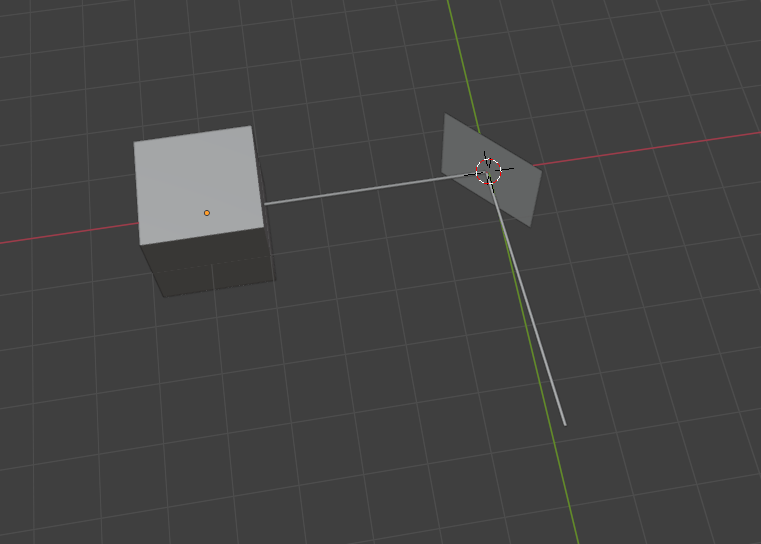
at perfect 45
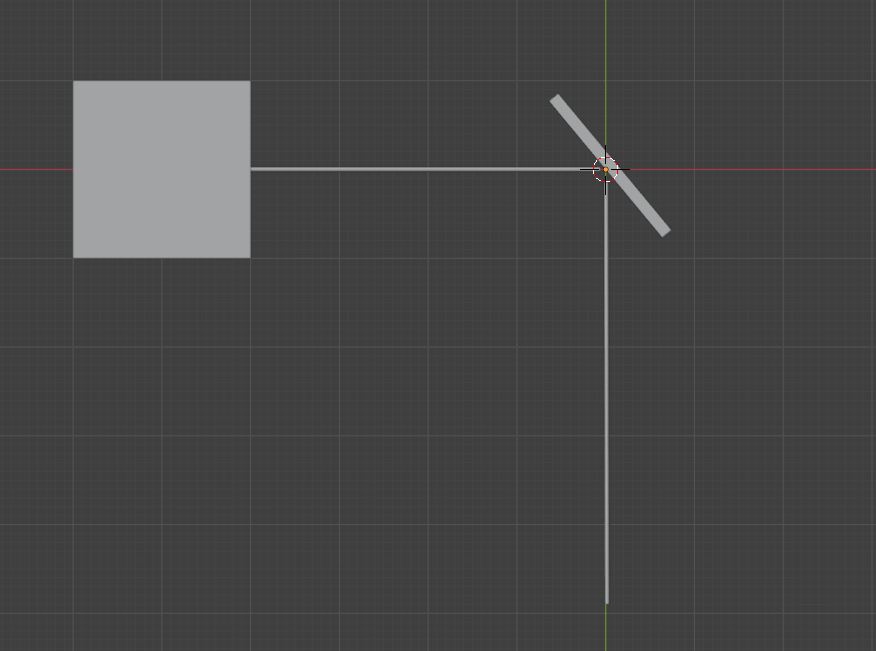
any more and the system can start burning its own body by reflecting the laser into itself
it might look reflective but it almost definitely is not reflective in the IR spectrum on which the laser operates
way over exaggerated here, because at the range these engage it would be fractions of a degree incidence angle
so if it isnt reflective, how is it able to steer the Laser in the first place
i dont think you understand
the laser is reflected from the turrets into the incoming missile seeker
its the maximum limits of the CIRCM that can be calculated
the LAIRCM is another story but even that has limits
and? how is that the limit here
because the reflector would just need to have a limit of slightly over 45 degrees to cover that angle range
how would it start burning itself when the laser is still being reflected out through the dome, which we can tell it could be due to the pivot for the reflector being well past the edge of the dome
the pivot should be ~twice as far past the boundary than you depicted it as
and you are overestimating the strength of these lasers, they absolutly would no be able to significantly damage the metal part of the housing in their average engagement time of the system
Wouldn’t pushing the reflector a few cm up solve the problem right away?
it would, and as you can see by the images it is further out than he depicted
it would and it does on the LAIRCM by northrop grumman, but the CIRCM is an embedded design, hence why it is in this restriction
refer to this
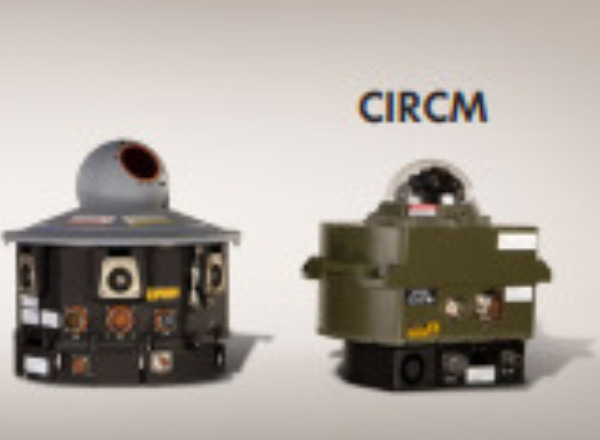
CIRCM directors are embedded into the gimball assembly
a full 90 is not possible
also see here
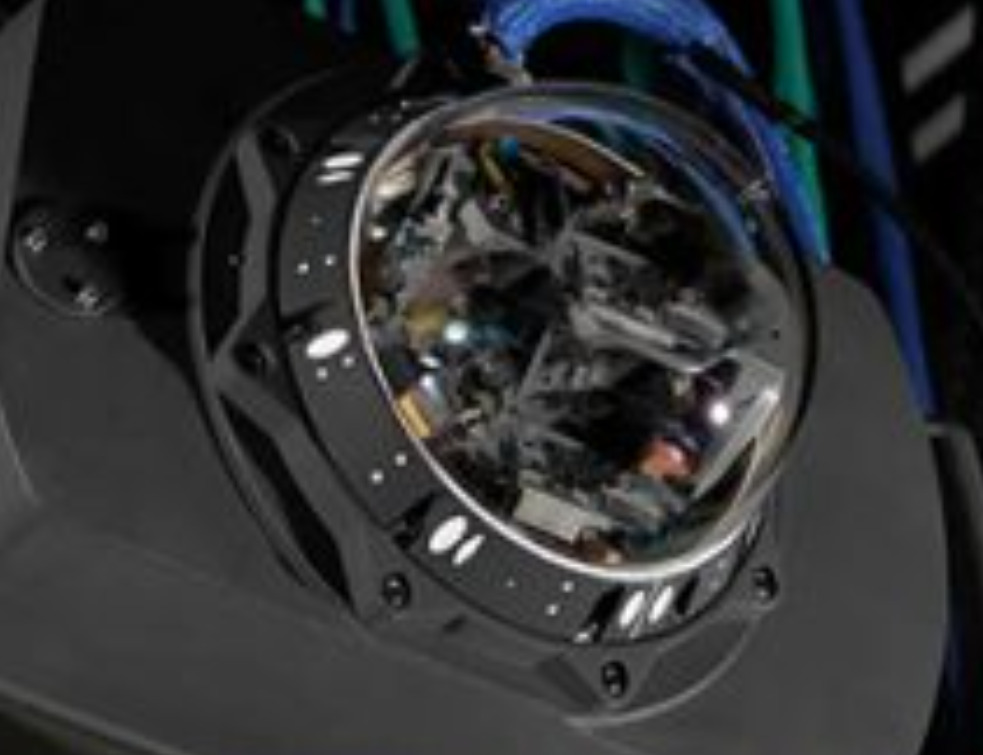
Okay, I understand now why you said 90°. Originally thought the thing was a direct laser, not a reflective one. Then yeah, your reworked bubble seems accurate. I stand corrected. Nice discussion, thanks.
i thought so too, but then i read saw the official brochure displaying the tracker (turret) and Laser (emitter) seperately
